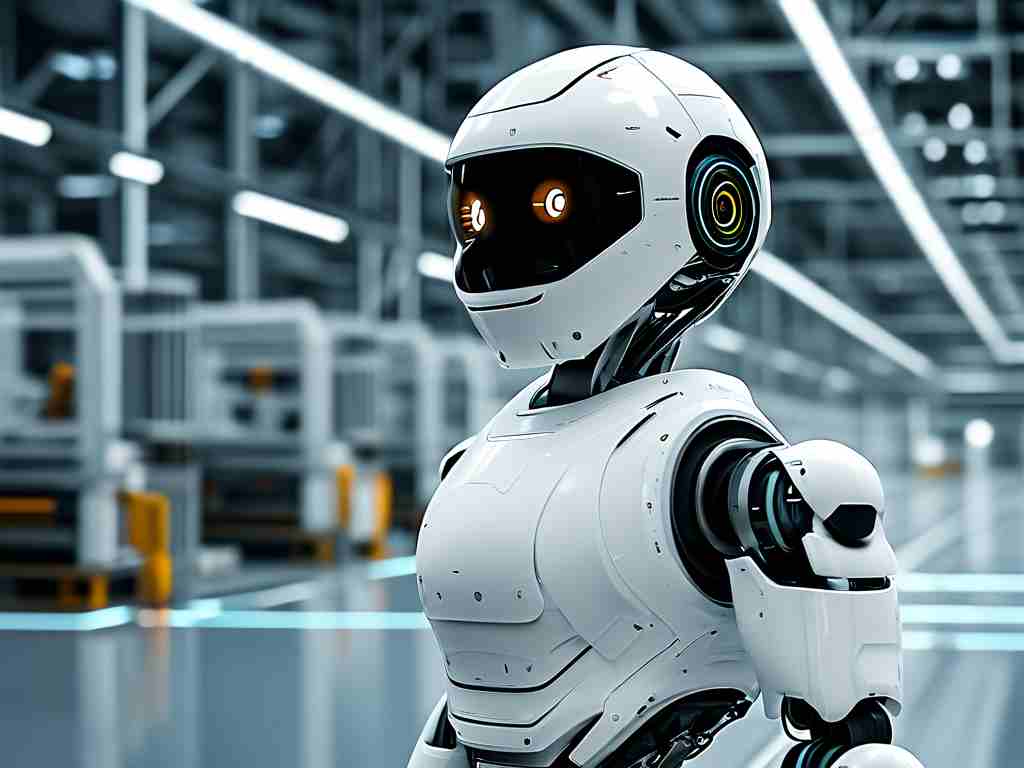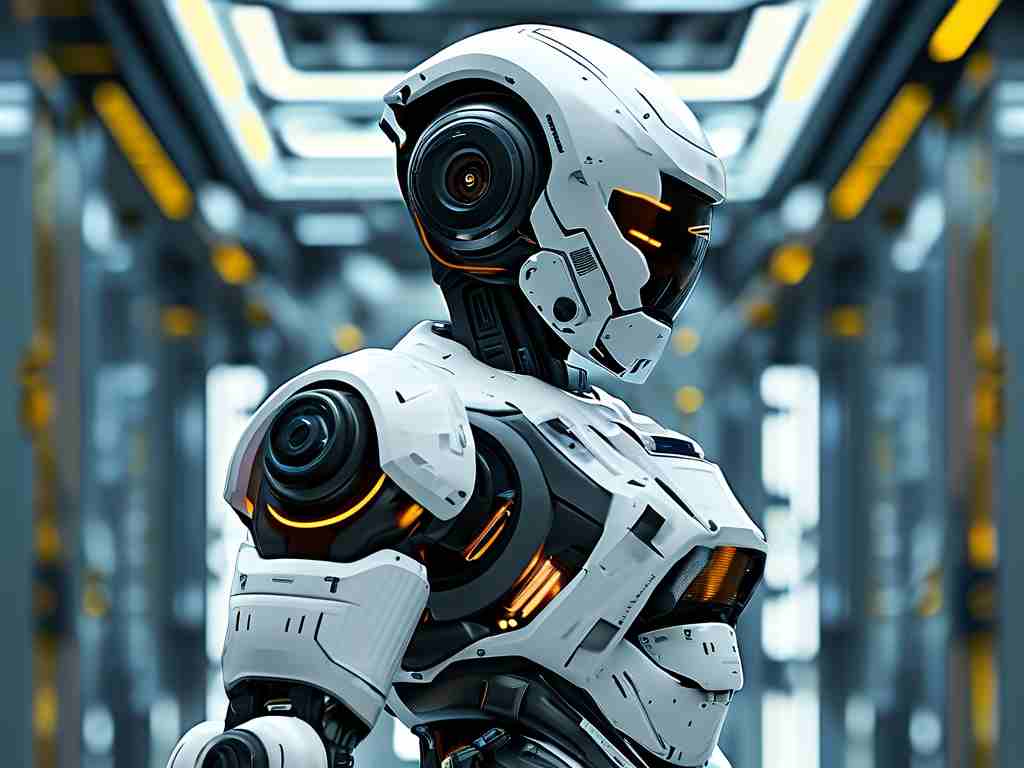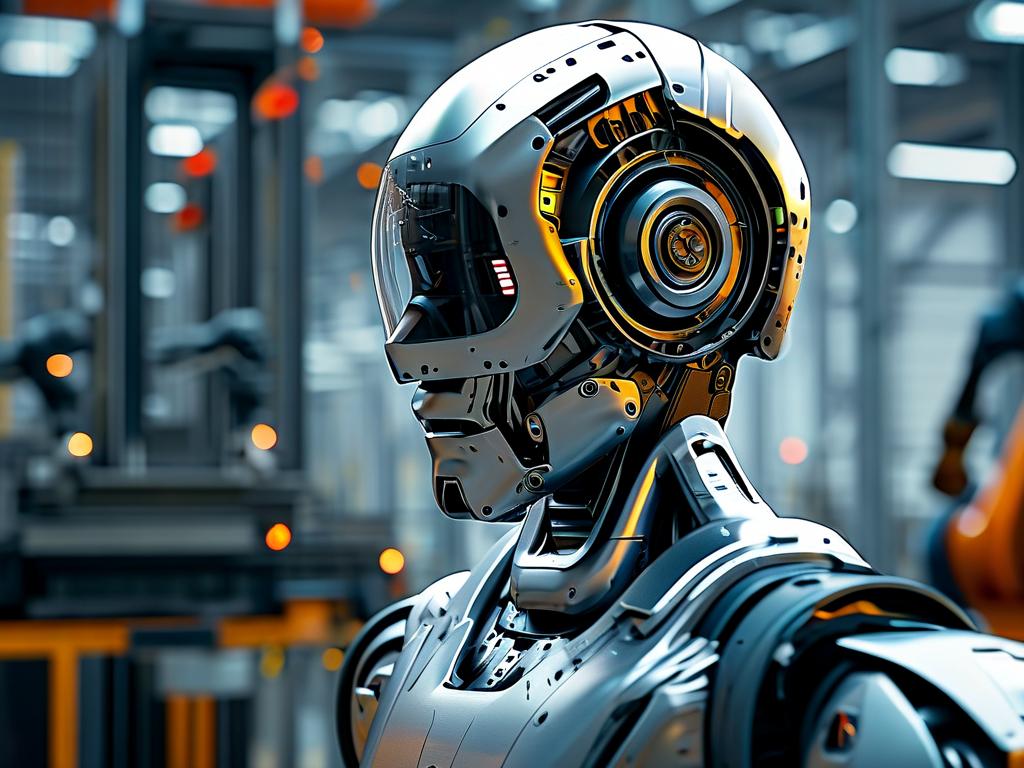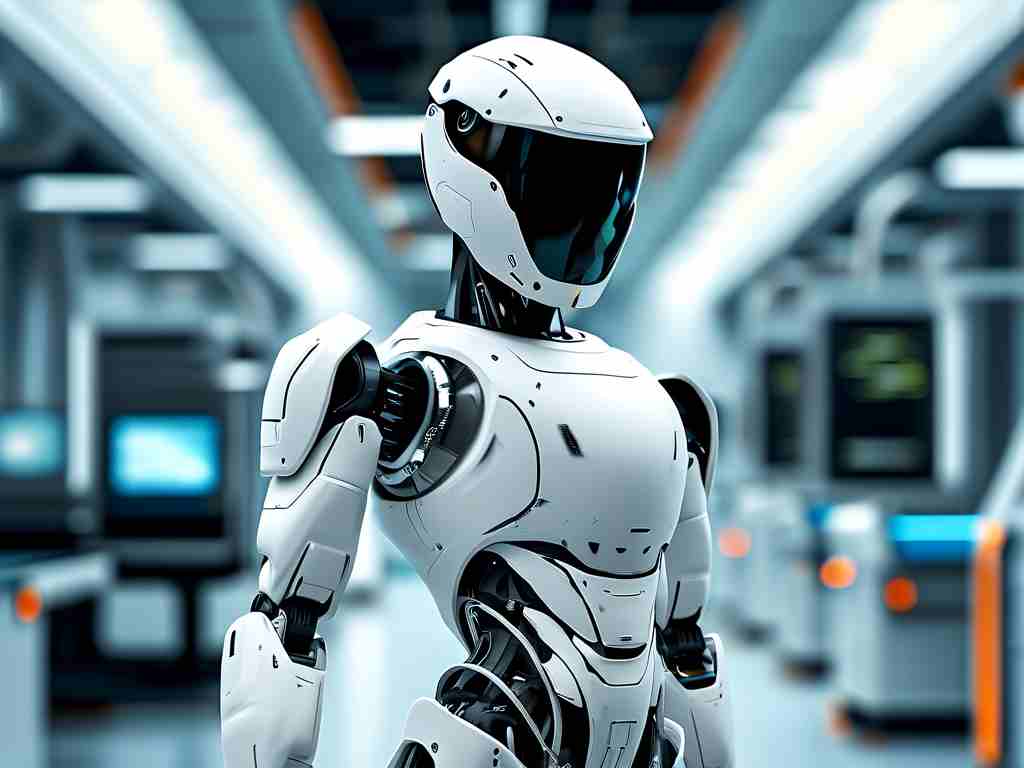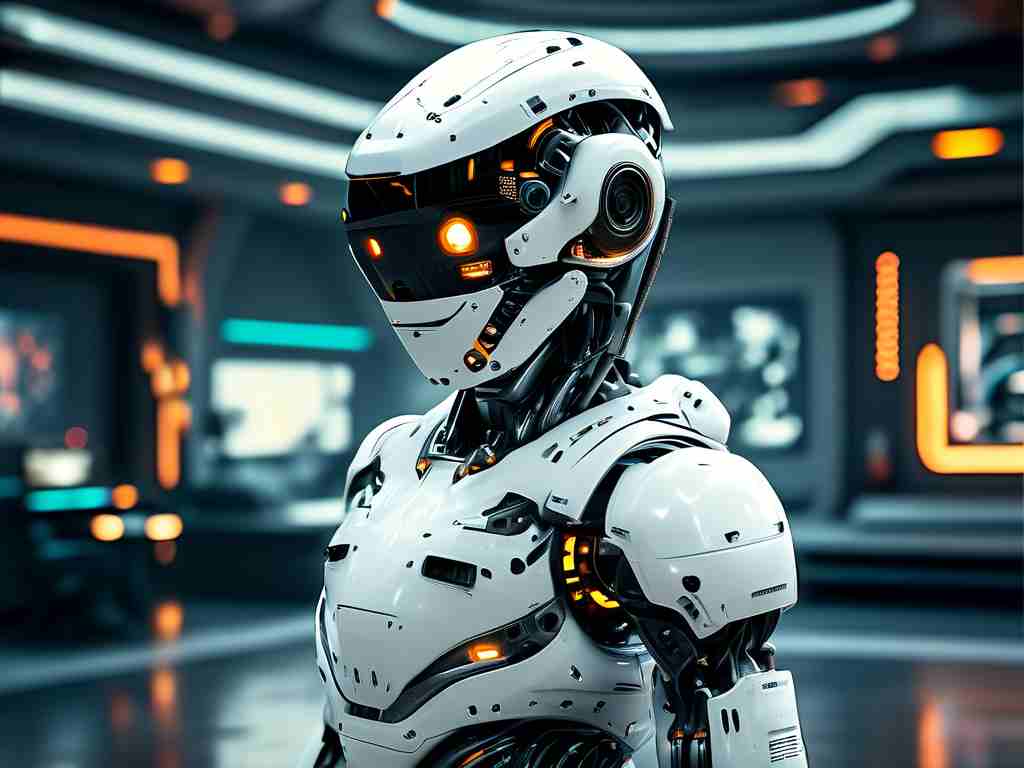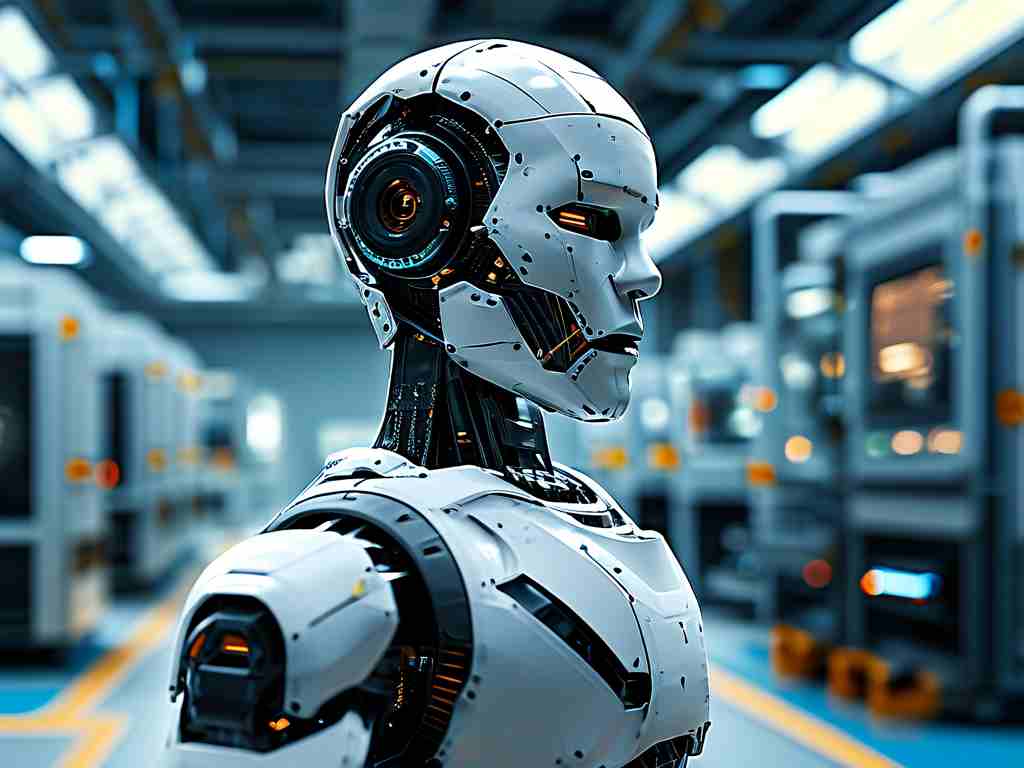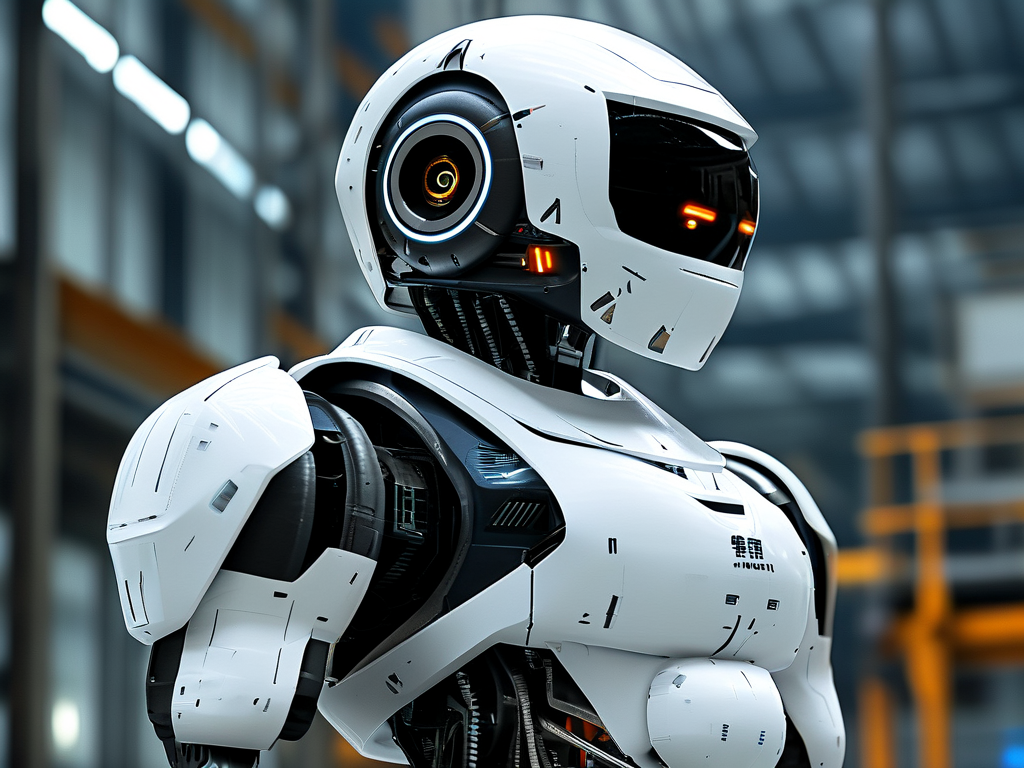The field of robotics has entered an unprecedented era of innovation, driven by advancements in artificial intelligence, materials science, and human-machine collaboration. Recent breakthroughs are not only redefining what robots can achieve but also transforming industries ranging from healthcare to manufacturing. This article explores the latest milestones in robotics technology and their implications for society.
1. Next-Gen Autonomous Systems: Beyond Preprogrammed Tasks
Traditional robots relied on rigid programming to perform repetitive tasks, but modern systems are increasingly autonomous. A landmark achievement in 2023 was the development of adaptive neural networks that enable robots to learn from unstructured environments. For instance, Boston Dynamics’ latest humanoid robot, Atlas-X, now demonstrates real-time problem-solving abilities, such as navigating debris-filled disaster zones or recalibrating movements when carrying uneven loads. These systems leverage reinforcement learning, allowing robots to refine their actions through trial and error without human intervention.
Similarly, agricultural robots like FarmWise’s Titan use computer vision to distinguish crops from weeds with 99% accuracy, adapting spraying techniques based on plant health data. Such autonomy reduces chemical waste by 40% and boosts yield efficiency, addressing global food security challenges.
2. Soft Robotics: Blurring the Lines Between Machines and Biology
A revolutionary shift is occurring in robot design with the rise of soft robotics. Inspired by biological structures, researchers at Harvard’s Wyss Institute have created OctoGrip, a gripper made of silicone and embedded sensors that mimics an octopus’s tentacle. Unlike rigid claws, OctoGrip can handle fragile objects like raw eggs or surgical tools without damage. This technology is already being tested in Amazon’s warehouses to reduce product breakage during sorting.
In medicine, soft robotic exoskeletons like ReWalk’s ReStore are helping paralyzed patients regain mobility. Using AI-driven muscle activation patterns, these devices provide naturalistic leg movements, offering a breakthrough in neurorehabilitation.
3. Human-Robot Collaboration: The Rise of Cobots
Collaborative robots (cobots) are transforming workplaces by working alongside humans. ABB’s YuMi® series features dual-arm cobots equipped with force-sensitive safety mechanisms, enabling tasks like circuit board assembly or precision welding. In BMW’s factories, YuMi cobots have reduced production errors by 25% while allowing human workers to focus on creative problem-solving.
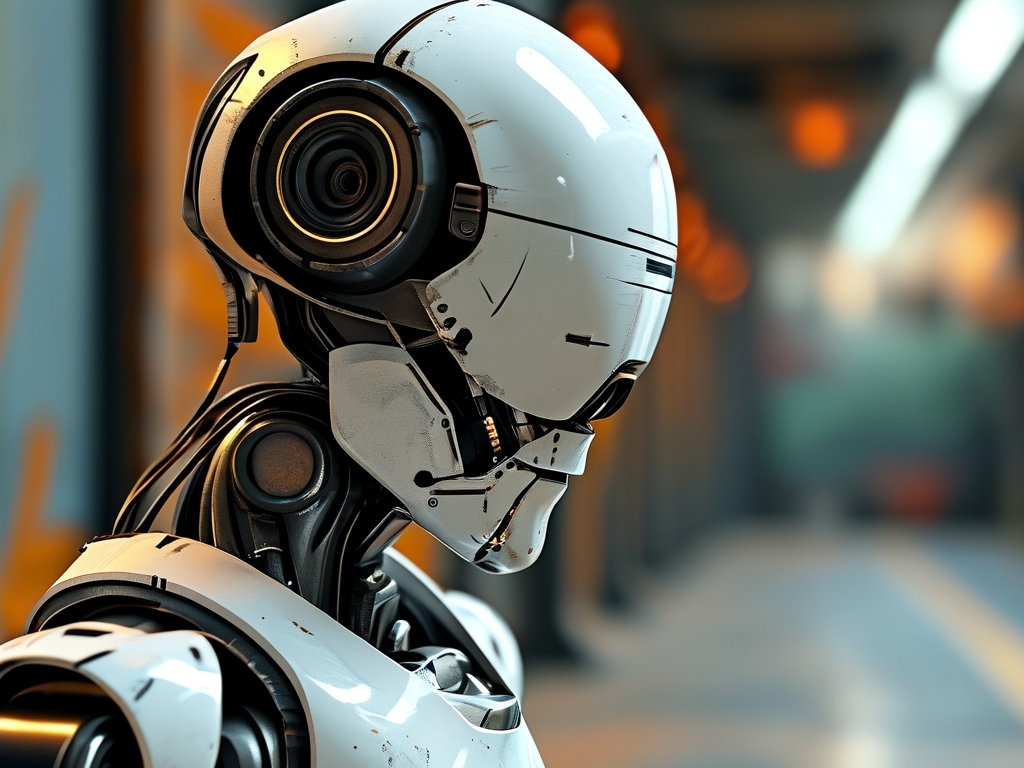
The healthcare sector is also benefiting. Moxi, developed by Diligent Robotics, assists nurses by delivering supplies and managing inventory. By handling routine tasks, Moxi saves medical staff up to 20% of their shift time, improving patient care efficiency.
4. Swarm Robotics: Nature-Inspired Collective Intelligence
Drawing inspiration from insect colonies, swarm robotics enables groups of simple robots to perform complex tasks collectively. Researchers at MIT’s CSAIL lab recently demonstrated a fleet of MiniBee robots that collaboratively construct 3D structures using modular components. Applications include rapid disaster relief—swarms can build temporary shelters in hours—and space exploration, where NASA plans to deploy robot swarms for lunar base construction.
In agriculture, companies like Blue River Technology use drone swarms to monitor crop health across vast fields, applying fertilizers or pesticides only where needed. This precision reduces resource waste and environmental impact.
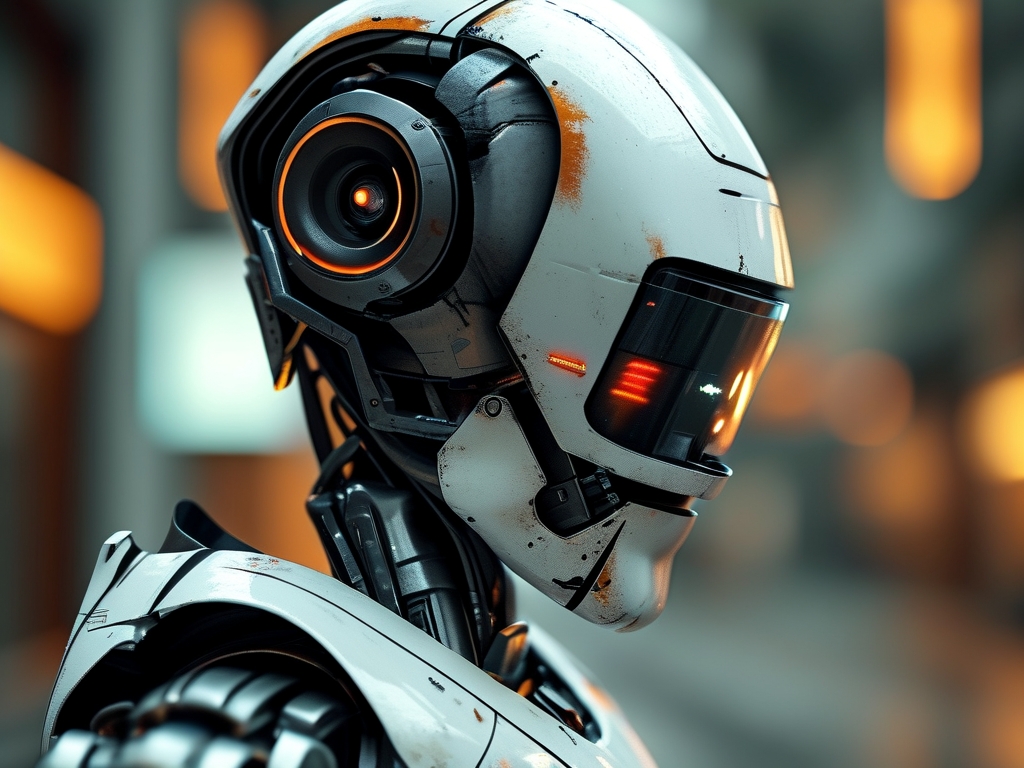
5. Ethical and Economic Challenges
Despite these advancements, robotics innovation raises critical questions. Job displacement remains a concern: the World Economic Forum estimates that by 2027, robots could displace 85 million jobs but create 97 million new roles, emphasizing the need for workforce reskilling. Ethical dilemmas also arise, particularly in military applications. The UN’s recent debate on lethal autonomous weapons highlights the urgency of global regulatory frameworks.
Moreover, energy efficiency is a growing focus. While today’s robots consume less power than ever—Tesla’s Optimus humanoid uses just 500 watts per hour—scaling up robotic deployments demands sustainable energy solutions.
: A Symbiotic Future
The robotics revolution is not about replacing humans but augmenting human capabilities. From soft robotic prosthetics restoring independence to elderly patients, to autonomous systems tackling climate change through precision agriculture, these technologies promise a future where humans and machines coexist symbiotically. However, realizing this vision requires proactive collaboration among engineers, policymakers, and ethicists to ensure robotics serves humanity equitably.
As we stand on the brink of this transformative era, one truth is clear: the next chapter of robotics will be written not by machines alone, but by the collective ingenuity of those who design, regulate, and utilize them.


